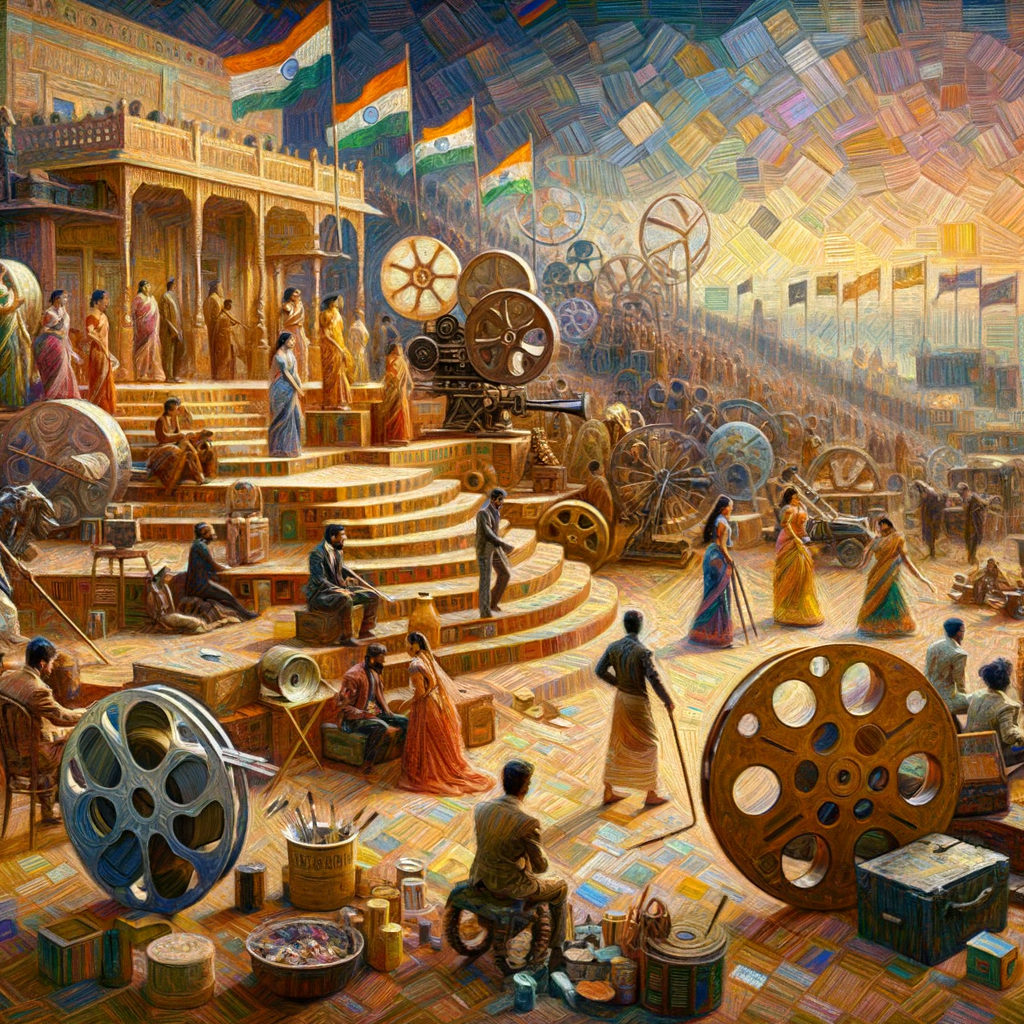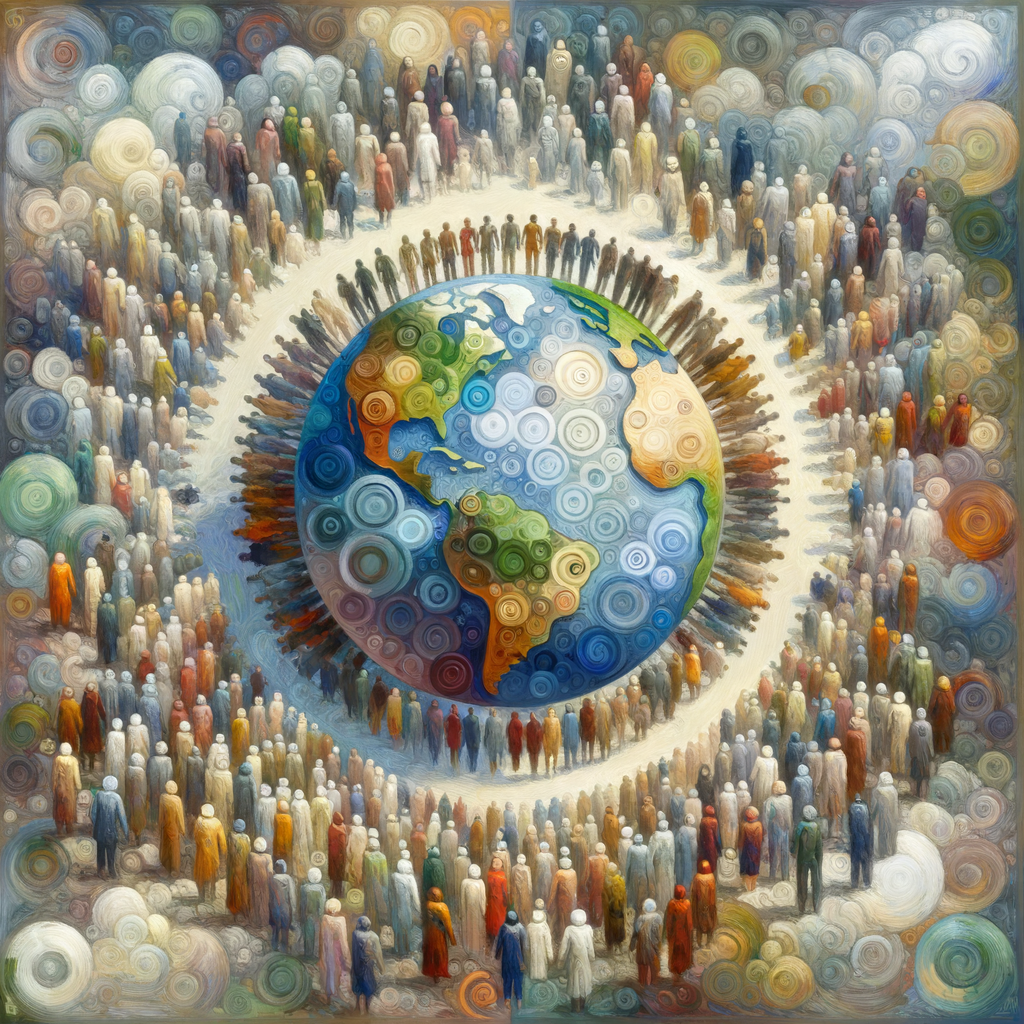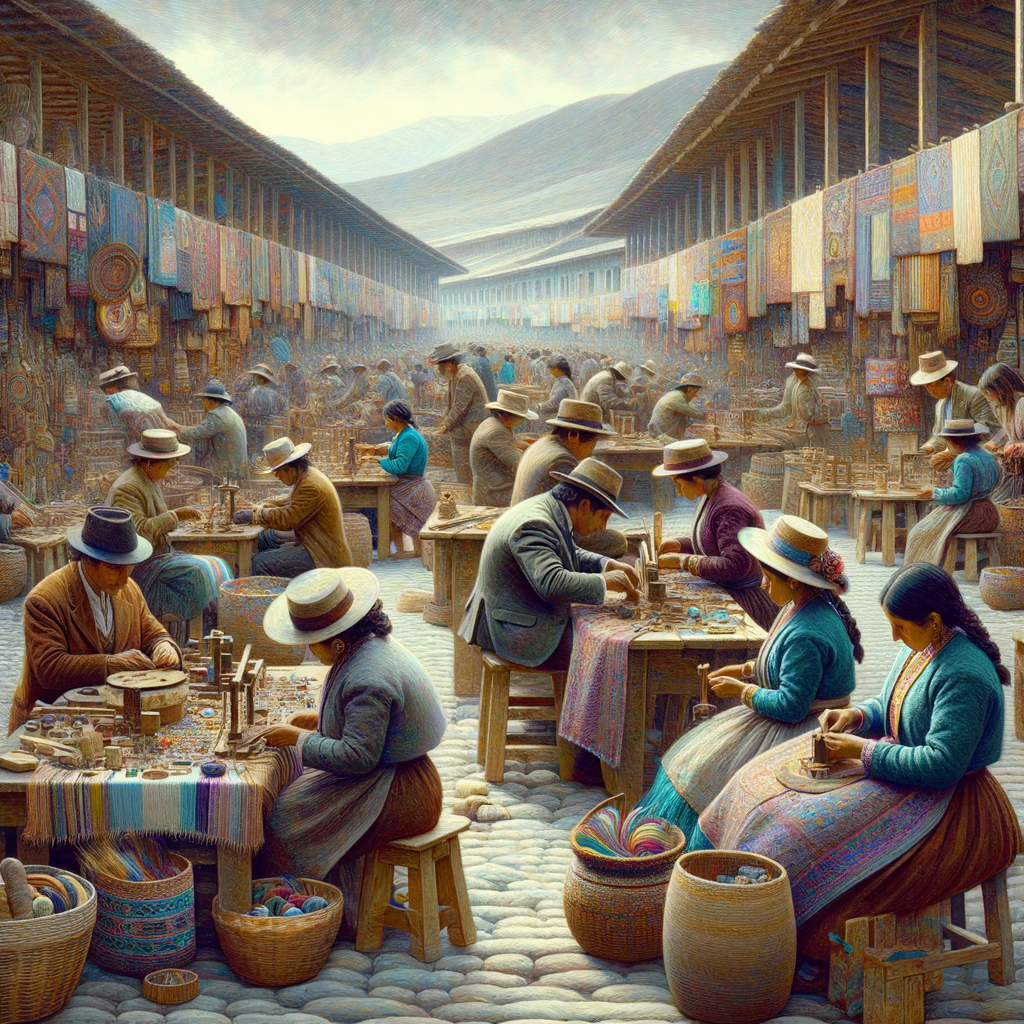> Part 3 of the Threads of Time: The Cultural Tapestry of India series
In the realm of global entertainment, Bollywood often symbolizes the epitome of Indian cinema with its vibrant colors, dramatic storytelling, and exuberant music. However, to understand the true essence and evolution of Indian cinema requires exploring beyond the glamorous veneer of Bollywood. “Beyond Bollywood: The Evolution of Indian Cinema,” the third article in the “Threads of Time: The Cultural Tapestry of India” series, offers a deeper dive into the myriad narratives that Indian cinema comprises, reflecting the socio-cultural changes and aspirations of a nation in flux.
The Silent Beginnings and The Golden Age Indian cinema’s journey began over a century ago with the release of “Raja Harishchandra” in 1913, India’s first full-length feature by Dadasaheb Phalke. The subsequent years witnessed the silent and early sound films that focused on mythological and historical figures, resonating with the nation’s collective consciousness. The Golden Age of Indian cinema, from the late 1940s to the 1960s, was marked by the emergence of auteurs like Satyajit Ray, Ritwik Ghatak, and Raj Kapoor. Films from this era, such as Ray’s “Pather Panchali,” not only garnered international acclaim for their artistry but also masterfully depicted the stark realities of life, firmly establishing cinema as a significant cultural and social commentator.
Regional Brilliance and Parallel Movements The diversity of India’s linguistic, cultural, and social fabric has found expression in the rich tapestry of regional cinemas—be it the politically charged narratives of Bengali cinema, the mythological epics of Tamil cinema, or the social realism of Marathi cinema. Parallel cinema or the Indian New Wave, a movement that gained momentum in the late 1960s, further challenged the standard tropes of mainstream Bollywood cinema, showcasing stories that mirrored the complexities of real life and explored nuanced characters, often with a keen socio-political awareness.
The New Age Narrative With the liberalization of the Indian economy in the 1990s, Indian cinema underwent a significant transformation. An influx of overseas investment and the advent of multiplexes saw Bollywood adopting global narratives, high production values, and cutting-edge technology. Meanwhile, a new generation of independent filmmakers began to emerge, bringing fresh perspectives and innovative storytelling that resonated with both domestic and international audiences. Films like “The Lunchbox,” “Masaan,” and “Court” are testaments to Indian cinema’s evolving landscape, where narratives are increasingly grounded in the local yet universal in their themes.
The Digital Shift and Future Prospects The digital revolution has further democratized content creation and consumption, with platforms like Netflix and Amazon Prime Video providing a global stage for Indian films and series. This shift is fostering a more inclusive cinema that represents the myriad hues of India’s vast cultural spectrum. As streaming services become the new norm, regional films and indie productions are gaining unprecedented visibility, challenging the traditional hegemony of Bollywood.
The evolution of Indian cinema from its nascent silent era to today’s digital age reflects the transformation of India itself—a society that is continually negotiating the confluence of tradition and modernity. As we journey through the “Threads of Time,” it becomes evident that Indian cinema, much like the country’s rich cultural tapestry, is a dynamic entity, ever-evolving yet deeply rooted in the ethos of its land and people. The diverse voices and stories emerging from this subcontinent promise a future for Indian cinema that is vibrant, diverse, and globally relevant, making it a profound medium for cultural expression and critique.




Leave a Reply